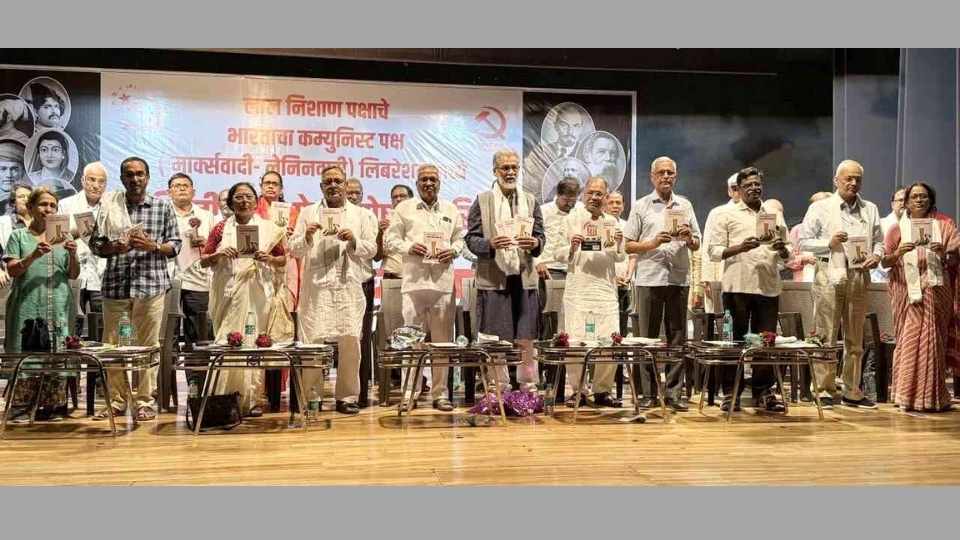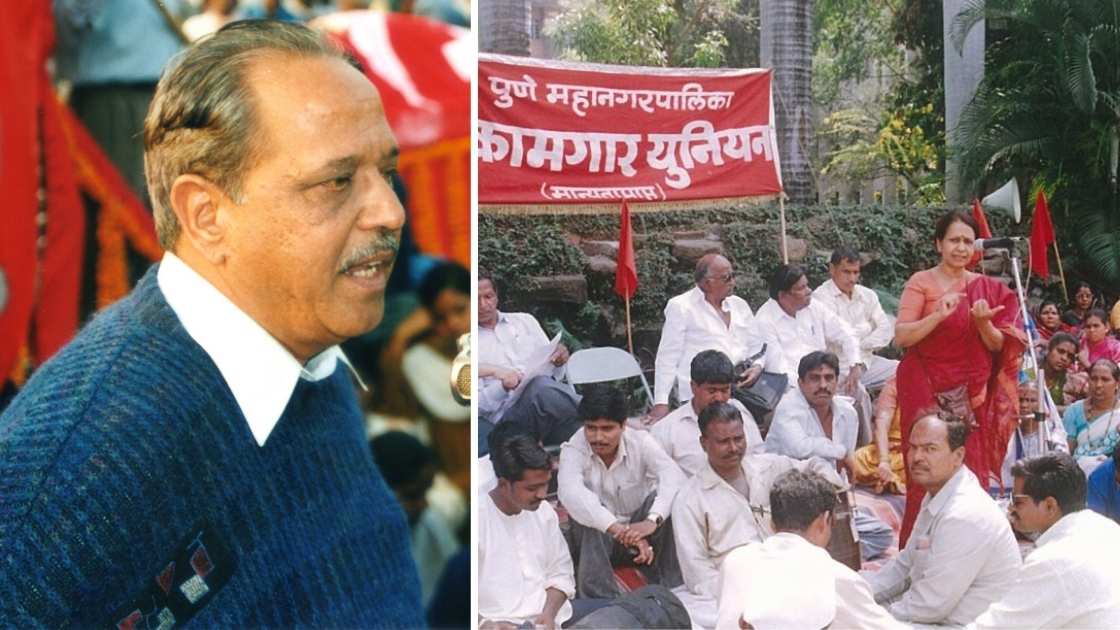Given English’s role as a global link language, and as a
language of global power, Shah’s statement appears absurd. How can a
government that claims global leadership, and regularly hobnob with
dominant Western powers such England and United States of America, look
down upon English?
Shah’s statement could have been ignored as
foolhardy and bizarre, if not for its deep roots in the Hindutva
ideology and the government’s divisive and inequality-inducing policies.
The Leader of Opposition Rahul Gandhi responded promptly, pointing out
that Amit Shah and his government basically want to exclude the majority
of Indians from upward mobility in the global economy. They wish to
reserve the upper echelons of elite professions for the Western educated
children of the Bhartiya Janata Party (BJP) leaders and their carefully
chosen friends.
True enough, but there is more to Shah’s
statement than nepotism and crony-ism. His clarion call against English
may be couched in the rhetoric of de-colonization and socio-linguistic
equality, but it is essentially an alibi for the government’s
deep-rooted casteism, majoritarianism and attempts at Sanskrit-Hindi
imposition.
The BJP feels inconvenienced by India’s dual
relationship with English. English was both a language of colonial power
as well as a source of modern ideas. It was through English – sometimes
directly and sometimes in translation via the Indian vernaculars – that
Indians felt and absorbed about the emancipatory impulses of modern
democracy, secularism, pluralist nationalism, humanism and socialism.
They creatively interpreted these in the Indian context and fostered the
modern Indian nation-state as we know it.
The milieu that
produced multilingual nationalist leaders such as Gokhale, Tilak,
Gandhi, Nehru, Patel and Azad, also produced Hindutva stalwarts such as
Hedgewar, Golwalkar, Savarkar, Deoras, Madhok and Vajpayee. Yet how
easily these Hindutva leaders set aside the pluralist and democratic
traditions, and advocated for an unequal and exclusivist Hindu nation!
Unable to reasonably account for this divergence, today’s Hindutva
leaders seem eager to vilify not only the ideas which created modern
India, but also a language that played a pivotal role in the process.
English
played a key role in shaping a modern conception of social justice. In
the caste-divided pre-modern India, Dalits and backward classes had been
excluded from “classical” Sanskrit education. With the coming of
English, Indian vernaculars were gradually standardized by creatively
adopting English grammar and syntax to the vernacular linguistic
structures. The rise of vernaculars did offer new opportunities in
education and employment for those excluded by Sanskrit and Persian; but
only to a limited extent.
In the nineteenth century, the
vernaculars were taken over by regional caste elites who infused these
languages with Sanskrit, and used them as vehicles to consolidate their
social power. Dalit and backward class communities excluded from
Sanskritic institutions could attend vernacular schools but often had to
be satisfied with a place in the verandah rather than inside the
classrooms.
Limited access to vernaculars meant that English –
often learnt directly from missionaries – became the key source of
modern emancipatory ideas for Dalit Bahujan communities. Great thinkers
and leaders such as Jyotirao Phule, Iyothee Thass, Jogendranath Mandal,
and BR Ambedkar creatively combined these modern ideas with indigenous
egalitarian ethos to give us the modern vocabulary of social justice.
An iconic incident in mid-1970s Karnataka demonstrates the
tension-filled relationship between Dalits, the modern vernaculars and
English. In 1973 a Dalit minister in the government of Karnataka – B.
Basavalingappa – called upon the Dalits to prefer English over the
vernacular, given the persistent gate-keeping by upper caste Kannadiga
authors and scholars. Basavlingappa’s comment created a furore which in
turn generated a counter-reaction from young Dalit students.
The
counter-reaction culminated in the formation of the historic Dalit
Sangharsh Samiti (DSS), which became the cradle for iconic Kannada
writers such as Devanoor Mahadeva and Siddalingaiah. Thus, while these
authors ultimately opted for Kannada as their medium of expression,
English’s social power and emancipatory potential were a key part of the
linguistic matrix of post-colonial India. Deeply afraid of social
justice politics, the BJP is uncomfortable with these histories, and
with the enabling the role played by the English language.
Given
English’s dual role in India – of both conquest and emancipation – a
wholesale removal of English was never part of the decolonization
agenda. While Angrezi Hatao movements did take place in the years
following independence, notably led by Dr. Ram Manohar Lohia, those
movements were primarily about ensuring socio-linguistic equality.
The
BJP government’s National Education Policy (NEP 2020) waxes eloquent
about multilingual education. If the BJP was actually serious about
linguistic equality, it would have committed public money to producing
enough translated materials to make quality multilingual education a
reality.
Far from it, the BJP government is keen to impose Hindi
in the name of multi-lingual education and under the pretext of
decolonization. Recently, a controversy erupted after the Mahayuti
government in Maharashtra, led by BJP’s Devendra Fadnavis, announced
that Hindi would be a compulsory third language for students from
Classes 1 to 5, starting the academic year 2025-26 as part of the phased
implementation of the three-language formula of the NEP 2020.
Any
kind of linguistic imposition is unjust; on top of that, Hindi
imposition is laced with caste inequality and majoritarian aspirations.
The Hindi that Amit Shah (and many before him) regularly glorifies as
our primary “national language” is a specific Sanskritized version of
the popular North Indian tongue called Hindustani. As the freedom
struggle picked up pace, preparing Hindi to be the national language
became a major pretext for Sanskritization.
The Sanskritization undertaken in the late nineteenth and early twentieth centuries created a vernacular that was not only indexed by caste but also had a distinct “Hindu” feel to it. Sanskritization was a way to eliminate Persian elements from the Hindustani tongue and distinguish Hindi from Urdu along religious lines. The resultant Hindi-Urdu controversy played a key role in polarizing North Indian society, and associated Hindi exclusively with the Hindu community – a process that was critiqued from within the Hindi cultural milieu (even by stalwarts such as Munshi Premchand) and beyond.
Dr. B.R. Ambedkar, while reflecting on
what could be an acceptable link language for India, famously said, “We
are not going to allow Hindi imperialism to be used as an instrument of
domination over non-Hindi areas”. He preferred Hindustani in place of
Sanskritized Hindi as the link language in India.
The NEP gives
pride of place to Sanskrit and calls for a three-language policy
without clear indications that this would not mean Hindi imposition. The
richness of other classical traditions such as Tamil, Telugu, Odia are
acknowledged but not given the same significance as Sanskrit. Likewise,
the role of Persian and Urdu in India’s civilizational journey are
completely obliterated.
The best of India’s de-colonial
traditions has emphasized on national sovereignty, independent foreign
policy, undoing of deep-seated institutional inequalities, and creating a
just and equal society. The BJP government has tried to systematically
undo our achievements in each of these fields. Beating back Left-liberal
and Dalit Bahujan resistance – all rooted partially in the English
language – has been an integral part of this attempted un-making. Shah’s
aspersions against English must be read in this context as well.
Continue to push Sanskrit-Hindi through the backdoor, and beat back those who oppose this under the pretext of beating back colonial linguistic legacies: these are the two goals that Amit Shah seeks to achieve simultaneously, through his anti-English aspersions.




